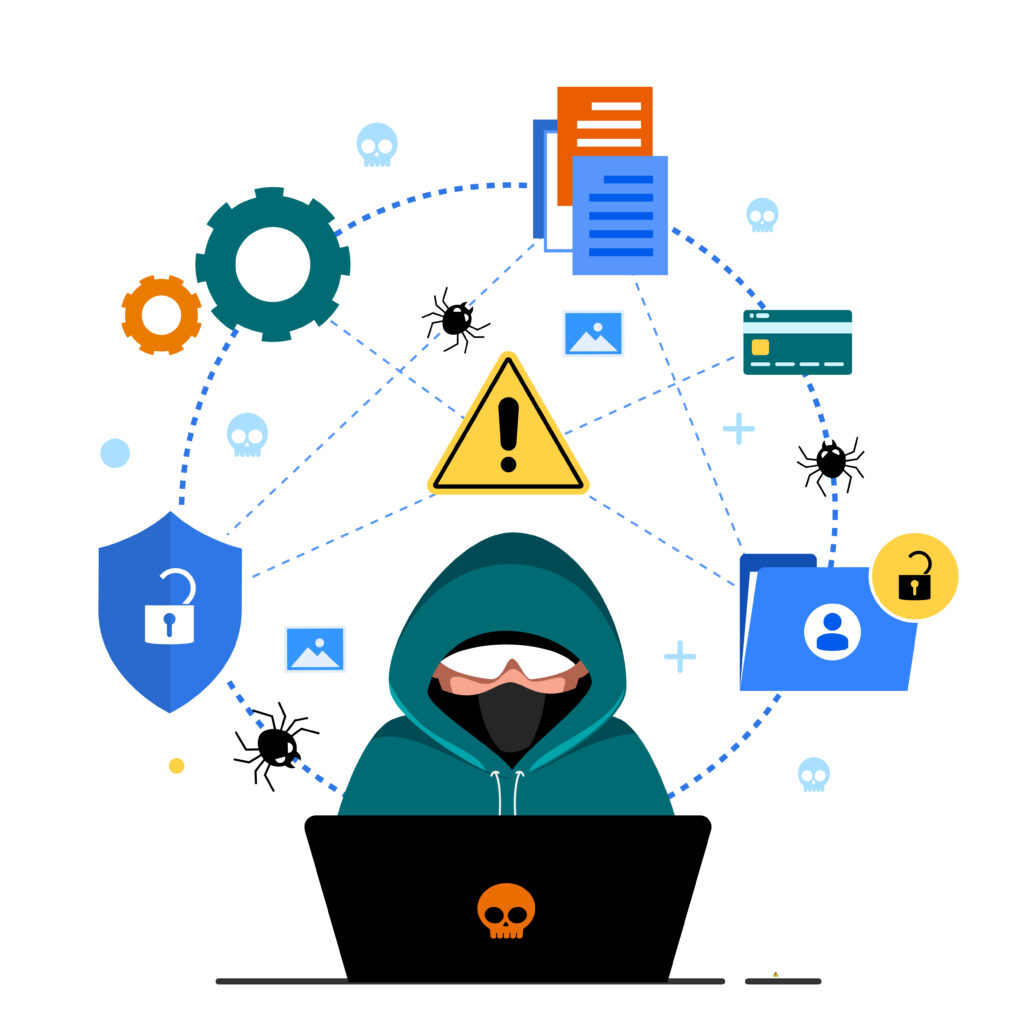Created with AIPRM Prompt “Written SEO Article | 100% Human Content Score | Keyword-Rich Content”
Ransomware Protection: How to Safeguard Your Data from Cyber Attacks
Introduction
In today’s digital age, ransomware attacks have become one of the biggest threats to businesses and individuals alike. Cybercriminals use this malicious software to encrypt your files and demand a ransom to restore access. The consequences can be devastating—ranging from financial losses to compromised sensitive information.
In this guide, we’ll explore the best ransomware protection strategies, how ransomware works, and ways to ensure your system remains secure. By following these steps, you can significantly reduce the risk of falling victim to such attacks.

What is Ransomware?
Ransomware is a type of malicious software (malware) that locks or encrypts a victim’s files, making them inaccessible. The attacker then demands a ransom, usually in cryptocurrency, to restore access. If the victim refuses to pay, they risk permanent data loss.
Types of Ransomware
- Crypto Ransomware – Encrypts files and demands payment for decryption.
- Locker Ransomware – Locks users out of their devices and prevents access.
- Scareware – Uses fake security warnings to trick users into paying.
- Doxware (Leakware) – Threatens to expose sensitive data unless a ransom is paid.
- RaaS (Ransomware as a Service) – A model where cybercriminals sell ransomware kits to others.

How Does Ransomware Spread?
Understanding how ransomware infects your system can help you prevent it. The most common infection methods include:
- Phishing Emails – Malicious attachments or links disguised as legitimate emails.
- Malicious Ads (Malvertising) – Fake online ads that lead to malware downloads.
- Infected Software – Downloading cracked or pirated software that contains hidden ransomware.
- Remote Desktop Protocol (RDP) Attacks – Hackers exploit weak or stolen RDP credentials.
- Drive-by Downloads – Malware is downloaded automatically when visiting a compromised website.
Top Strategies for Ransomware Protection
1. Keep Your Software and Operating System Updated
One of the easiest ways to protect yourself from ransomware is by regularly updating your operating system, antivirus, and other software. Security patches help fix vulnerabilities that cybercriminals exploit to infect devices.
2. Use Strong and Unique Passwords
Weak passwords make it easier for hackers to gain unauthorized access. Ensure that:
- You use a complex password with a mix of uppercase, lowercase, numbers, and symbols.
- You enable multi-factor authentication (MFA) for added security.
- You avoid using the same password across multiple accounts.
3. Backup Your Data Regularly
A strong backup strategy can save you from losing valuable data. Here’s what you should do:
- Use both cloud storage and external hard drives.
- Schedule automatic backups at regular intervals.
- Keep multiple copies in different locations.
4. Invest in a Reliable Antivirus and Anti-Ransomware Software
A good antivirus program can detect and block rans


Leave a Reply